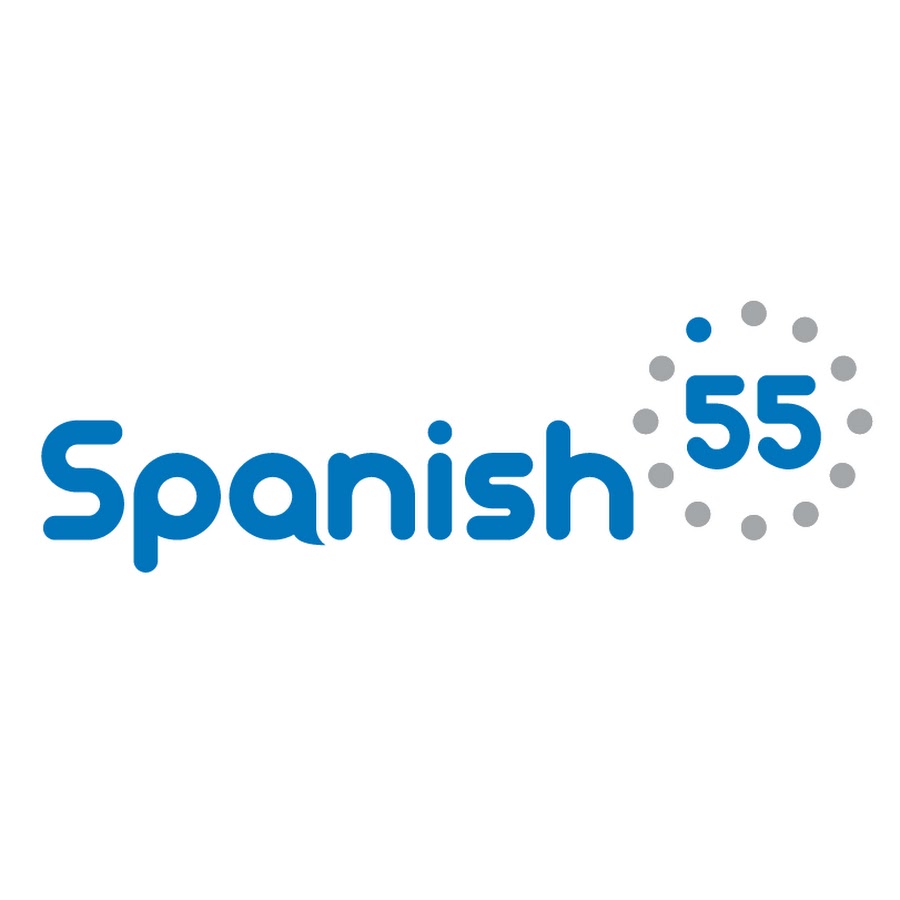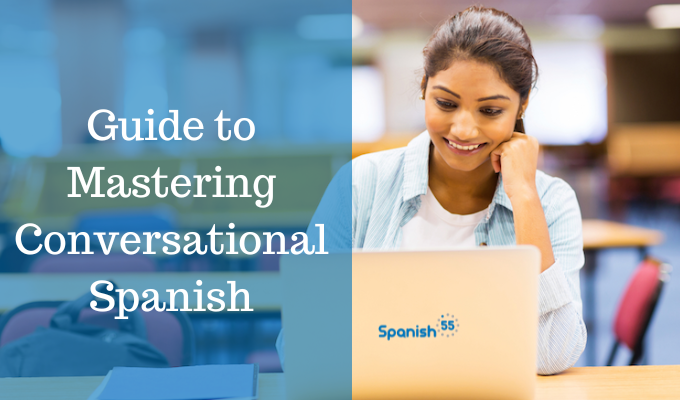Is Spanish difficult to learn? Insights from a Private Spanish Lessons Expert

Image: Unsplash
Spanish, celebrated for its melodious rhythms and profound cultural legacy, exerts a magnetic pull on learners globally. Its literary treasures, such as the iconic works of Don Quixote and One Hundred Years of Solitude, resonate with readers, while its poetry stands as a testament to linguistic beauty. Artists draw inspiration from Romance languages like Italian and Spanish, drawn to their expressive nuances and captivating cadences.
Despite its allure, Spanish presents a complex tapestry of dialects and grammatical intricacies. Yet, the question remains: Is Spanish truly difficult to learn? The answer is nuanced and varies depending on numerous factors such as one's native language, exposure to diverse linguistic environments, and individual commitment to the learning journey all play pivotal roles in shaping the learning experience and determining the level of difficulty encountered.
In light of this, private spanish lessons offer tailored guidance and personalized instruction, fostering a conducive environment for accelerated learning and enhanced proficiency.
The native English speaker's perspective
Naturally, a significant factor influencing the ease of language acquisition is the learner's native tongue. For instance, individuals fluent in French, Portuguese (or Brazilian), Italian, or Romanian may find grasping Spanish considerably smoother, given the shared grammar and numerous cognates. Conversely, for English speakers, as well as those fluent in German or Russian, mastering Spanish poses a greater challenge due to minimal overlap in grammar and cognates.
Nonetheless, among native English speakers, Spanish is often hailed as one of the most accessible languages to pick up. According to the Foreign Service Institute (FSI), Spanish falls within the category of languages requiring roughly 600 hours of study to attain basic conversational proficiency. This is largely attributed to the abundance of cognates—words with Latin roots shared between English and Spanish—such as "nación" (nation) and "importante" (important).
Grammar and Pronunciation

Image: Unsplash
Navigating Spanish grammar can prove challenging, particularly when it comes to concepts like gender and number agreement, as well as the utilization of intricate verb tenses. For instance, English speakers grapple with the absence of gender or plural articles akin to “el, la, los y las” in Spanish; instead, English employs a single, all-encompassing article, “the”. These differences can be effectively addressed and clarified in private Spanish lessons.
Conversely, Spanish pronunciation typically follows a straightforward phonetic system, facilitating accurate pronunciation based on spelling. Vowels and consonants adhere to consistent sounds, making pronunciation relatively intuitive.
Dialectal Diversity
One factor that can complicate learning Spanish is its dialectal diversity. As one of the most widely spoken languages, Spanish has evolved differently across various regions. This diversity traces back to its origins in Spain and further differentiates between the Spanish spoken before and during the colonial conquests.
With over 20 countries where Spanish is an official language, significant regional variations in vocabulary, pronunciation, and grammar exist. For instance, there's the use of "vosotros" in Spain compared to "ustedes" in Latin America, or the distinctions between "ceceo" and "seseo" found in different Spanish regions. Additionally, within each country, various dialects may emerge, much like the diversity observed in English or any language you aim to master.
Materials and Resources

Image: Unsplash
In today's digital age, the abundance of language-learning resources is unparalleled, offering once unimaginable opportunities. With many of these resources available for free, there are no excuses for not diving into Spanish learning whenever you choose.
From mobile apps and online courses to language exchange platforms and Spanish-language media, the avenues for practice and improvement are abundant and easily accessible. Furthermore, the advent of technology allows for private Spanish lessons conducted via platforms like Skype or Zoom, offering the flexibility to schedule sessions according to your needs—all from the comfort of your home. With such widespread availability, language acquisition is now more accessible and efficient than ever before, surpassing the learning opportunities available to previous generations.
Immersion and Practice
Immersion stands as a cornerstone of any language-learning journey, serving as a vital component for students of Spanish to not only grasp the language but also absorb its cultural nuances. Dive into the works of Spanish-speaking authors, engage with Spanish content on YouTube, explore Spanish music, delve into films from various genres produced in Spanish, and, of course, devour books written by authors from diverse regions.
This approach not only exposes you to different dialects but also fosters a deeper understanding of linguistic variations. Whether you immerse yourself physically by traveling to a Spanish-speaking country or virtually through digital platforms, such experiences can significantly expedite your language acquisition. Traveling to a Spanish-speaking destination and conversing with locals offers an unparalleled opportunity to enhance fluency, driven by the urgency to communicate effectively—a dynamic that propels language learning to its pinnacle.
Conclusion
In summary, while Spanish presents its complexities, it isn't inherently more challenging to learn than other languages, especially with the guidance of quality private Spanish lessons from a reputable language school. Moreover, it's no more daunting than languages like German or Finnish, renowned for their intricate grammatical structures. With the right mindset, effective resources, and ample practice, mastering Spanish is within reach for anyone, unlocking doors to rich cultural experiences, historical insights, and meaningful human connections.
Mastering Spanish opens doors to communication with approximately 600 million people, around 6.2% of the global population. In our increasingly interconnected world, such a skill proves immensely valuable. Whether it's Spanish or any other language you seek to learn and speak, maintaining consistency and discipline in your studies is key to unraveling the intricacies of your chosen language.












